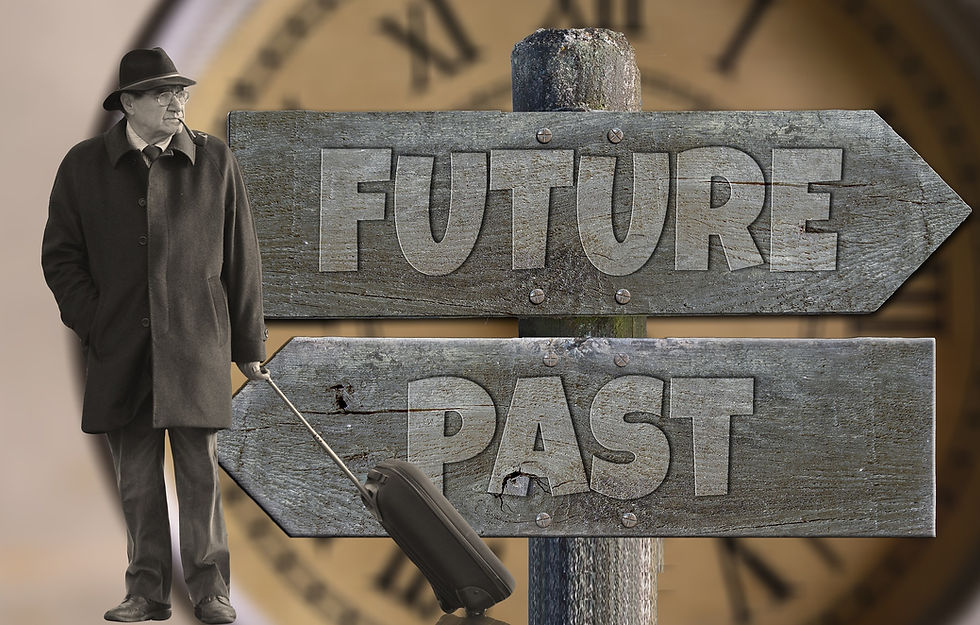Sometimes it is just about a good Cigar....
- Richard Krause
- Sep 22, 2018
- 4 min read
Happy Saturday all you lovely people out there in Internet Land. As I sit here enjoying my wonderful cup of life. I find myself contemplating as to what I should write about this morning.
Then it hits me, so far we have not spoken about one of my favorite things. A really good cigar, with of course a cup of coffee!
So here we go, on a cigar adventure, be careful it might get a little "smokey".
A Short History of Cigars and Tobacco
Have you ever wondered where cigars were first produced? It is widely believed that cigars were first produced in Spain. But before cigars became all the rage in Europe, tobacco was needed to make them. Tobacco is indigenous to the Americas, where native peoples have produced it for hundreds of years. It is believed that the Maya of Yucatan peninsula in Mexico and parts of Central America cultivated tobacco, and even smoked it! Tobacco use spread to other tribes, both north and south. It is believed that its first use in the United States was probably among the tribe along the Mississippi. It wasn't until Christopher Columbus sailed his famous voyage to the Americas in 1492 that the rest of the world came to know tobacco.
It is said that Columbus was not impressed by tobacco or its use among native peoples, but many sailors grew found of the strange plant. Soon it quickly caught on in Spain and Portugal. From there, it spread to France, where the French ambassador Jean Nicot lent his name to the scientific name for tobacco (Nicotiana tabacum). The origins of the word tobacco itself are still suspect, although many believe it is simply a corruption of the word Tobago, which is the name of a Caribbean island. Still others believe it comes from the word Tabasco, a region (and now state) in Mexico.
The first tobacco plantation in the United States was established in Virginia in 1612. More tobacco plantations followed in Maryland soon after. Although tobacco became a popular crop, it was only smoked in pipes. The cigar was not introduced to the United States until the late 18th century. Israel Putnam, an army general who had served in the Revolutionary War, is credited with introducing the cigar to the United States. He had traveled to Cuba after the Revolutionary War and returned with a box of Cuban cigars. Their popularity quickly spread, and soon enough cigar factories were established in the area of Harford, Connecticut, where General Putnam resided.
In Europe, cigar production and consumption did not achieve widespread popularity until after the Peninsula War in the early 19th century. British and French veterans returned to their homelands after years of serving in Spain with their tobacco pipes in tow. Among the rich and fashionable, the favored method of taking tobacco was the cigar. Cigar smoking remains a habit associated with the rich and discriminating of upper society
Cigar Smoking 101
What are the basics of cigar smoking? How do you light a cigar? How do you draw on the cigar properly? Do you inhale? What are the dos and don'ts of cigar smoking? If you have ever pondered any of these questions, read on. Here is a simple and accessible primer designed to help you gain familiarity with the sometimes confusing, always enigmatic world of cigar smoking.
First Step: Lighting Up
First, all new cigar smokers should learn how to properly light a cigar. Use a clipper designed for cigars to clip off the edge of the head (the section you put to your mouth). If possible light the foot of your cigar with a cedar match. Avoid regular cigarette lighters. They produce a nasty odor that can linger and ruin a good cigar. If you must use a lighter, use butane lighter. These will keep the odor to a minimum. However, you should always strive to use a wooden match because lighters can easily taint the foot of your cigar. How do you light up? Simply strike a match and hold the edge of your cigar over the flame. Avoid touching the cigar to the fire, simply hold the cigar over the flame and draw deeply until the cigar is lit.
Second Step: Burn it down to a nub?
Should you burn your cigar down to a nub? Experts recommend you leave at least two inches to your cigar. Even the finest cigars will tend to get bitter if you let it burn all the way down. What about ashes? Should you knock the ashes off of your cigar? Rather than knocking the ashes off the edge, let the cigar rest in the ashtray when you're not smoking it. The ashes will fall off naturally.
Third Step: Relax and Enjoy
A cigar should never be rushed. By design, cigars should be savored, preferably after dinner and with a glass of good brandy. Hold the cigar between your thumb and fingers—anything else might be considered bad taste. Also, don't inhale deeply. The smoke should not reach your lung. This is very bad for your health, and it will not help you taste the cigar any better. Of course, you should always be considerate of those around you. If possible, smoke in the company of other cigar smokers. A good cigar can be enjoyed alone and even more so with friends.
May the Great Architect of the Universe protect and keep you safe on you life path this day.






















Comments